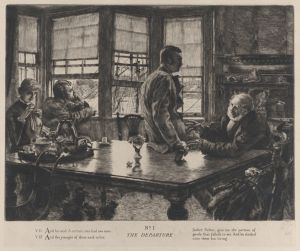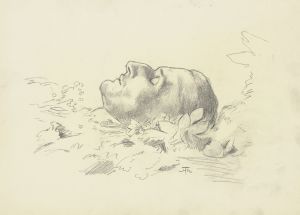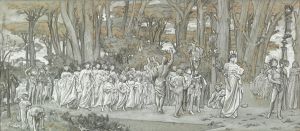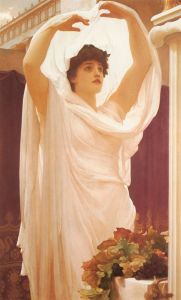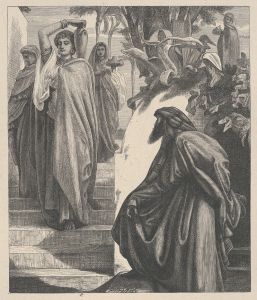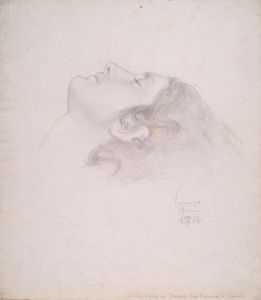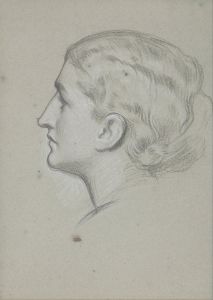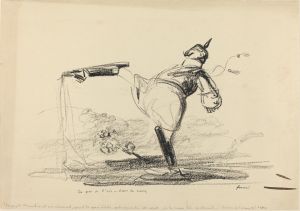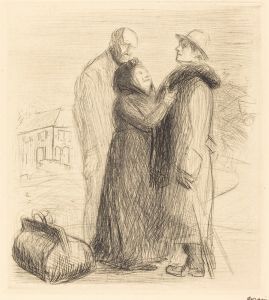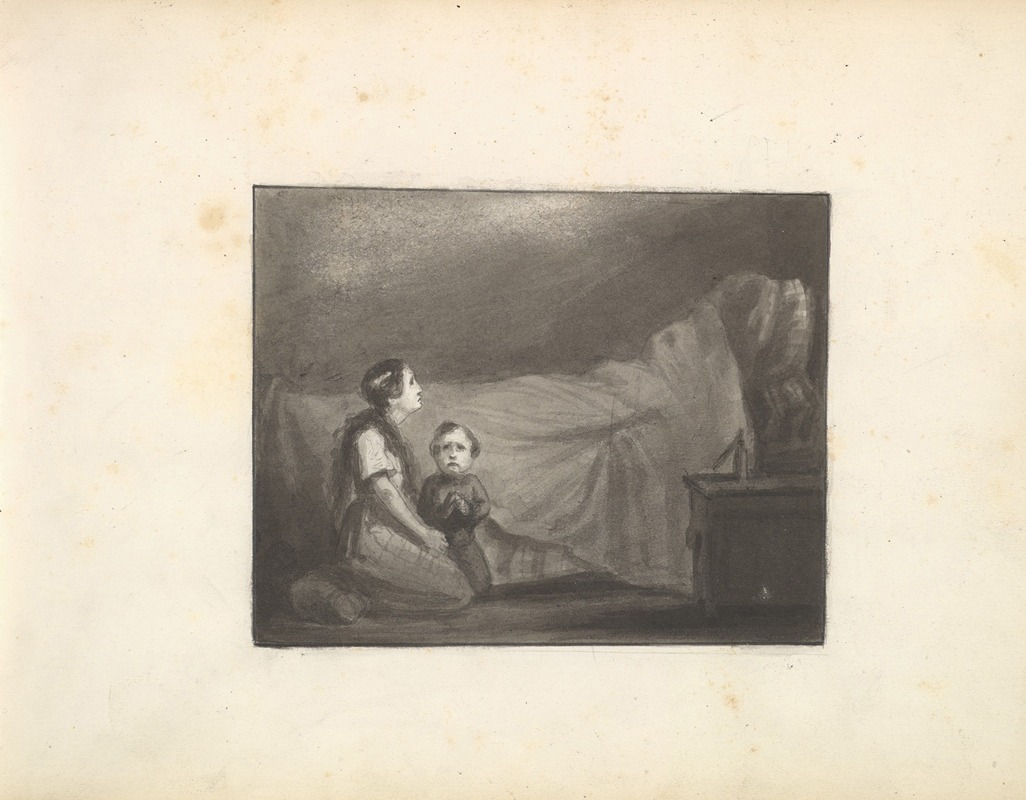
A Deathbed Scene
A hand-painted replica of Frederic Leighton’s masterpiece A Deathbed Scene, meticulously crafted by professional artists to capture the true essence of the original. Each piece is created with museum-quality canvas and rare mineral pigments, carefully painted by experienced artists with delicate brushstrokes and rich, layered colors to perfectly recreate the texture of the original artwork. Unlike machine-printed reproductions, this hand-painted version brings the painting to life, infused with the artist’s emotions and skill in every stroke. Whether for personal collection or home decoration, it instantly elevates the artistic atmosphere of any space.
Frederic Leighton, an eminent British artist of the 19th century, is renowned for his contributions to the Victorian art scene, particularly through his association with the Pre-Raphaelite Brotherhood and the Aesthetic Movement. Among his diverse body of work, "A Deathbed Scene" stands as a poignant example of his ability to convey deep emotion and narrative through art. However, it is important to note that specific details about this particular painting, such as its creation date, current location, and critical reception, are not extensively documented in public records or widely available art historical sources.
Leighton was born in 1830 and received his artistic training in Europe, studying in cities like Florence, Paris, and Frankfurt. His exposure to various artistic styles and movements during his formative years greatly influenced his approach to painting. Leighton became known for his classical themes, meticulous attention to detail, and his ability to capture the human form with grace and precision.
"A Deathbed Scene" is characteristic of Leighton's interest in historical and literary subjects, often infused with a sense of drama and emotion. While specific details about the painting's composition and subject matter are scarce, it can be inferred that the work likely embodies Leighton's skill in rendering human emotion and narrative depth. His paintings often explore themes of beauty, mortality, and the human condition, which may be reflected in this particular piece.
Leighton's broader body of work includes notable paintings such as "Flaming June," "The Bath of Psyche," and "Cymon and Iphigenia," which showcase his mastery of color, form, and composition. His works are celebrated for their elegance and the way they capture the aesthetic ideals of his time. Leighton's influence extended beyond his paintings; he was also an important figure in the art community, serving as the president of the Royal Academy of Arts from 1878 until his death in 1896.
Despite the lack of specific information about "A Deathbed Scene," Leighton's legacy as an artist is well-documented. His contributions to the art world during the Victorian era have left a lasting impact, and his works continue to be studied and admired for their technical brilliance and emotional resonance.
In summary, while detailed information about "A Deathbed Scene" by Frederic Leighton is limited, the painting is likely representative of his broader artistic themes and style. Leighton's work remains an important part of art history, celebrated for its beauty, emotional depth, and the artist's dedication to his craft.





